One of the most defining geographical features of Central Netherlands is the delta of rivers that flow into the North Sea. These Grote Rivieren (or Great Rivers) include the Rhine (or Rijn in Dutch), which has its source in the Swiss Alps; the Meuse (or Maas), which originates in the Langres plateau in northeastern France; and tributaries such as the Lek, Waal and Merwede. The Rhine and Meuse together form one of the largest river deltas in Europe. The Grote Rivieren delta in Central Netherlands is a fascinating region to explore. There are many interesting medieval towns, historic fortresses and castles to visit, as well as beaches and nature parks to enjoy. To help you discover these places, I’ve compiled this guide that includes a Central Netherlands road trip route and itinerary, as well as the best places to visit in the delta region.
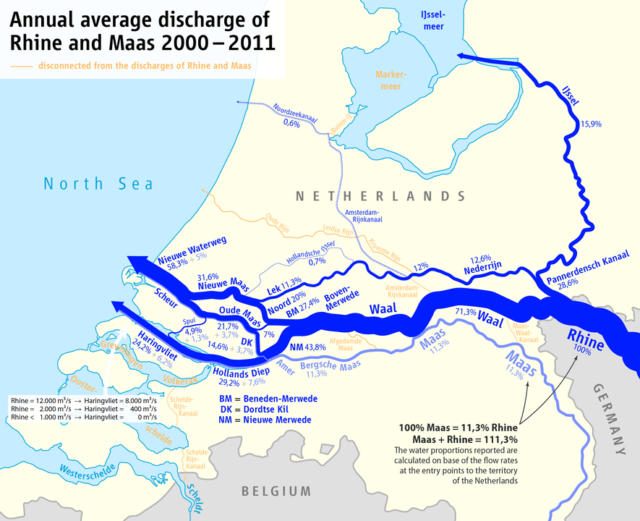
This Central Netherlands road trip guide contains links to three services I often use myself and can recommend: Booking.com (for hotel bookings), Rentalcars.com (for car hire) and GetYourGuide (for easy-to-book tours). If you make a booking via one of these services, I will receive a small commission (at no extra cost to you). These commissions help me to maintain my blog and share more travel experiences with you.
Central Netherlands road trip
The Great Rivers are of great historical, economic and cultural importance to the Netherlands. Historically, they played an important role in the rise of merchant cities and the defense of the cities further north, such as Amsterdam. They also form a religious and cultural divide between the predominantly Protestant north and the Catholic south. As you tour the region, you’ll learn how the rivers are intertwined in the region’s rich history, culture and economic development.
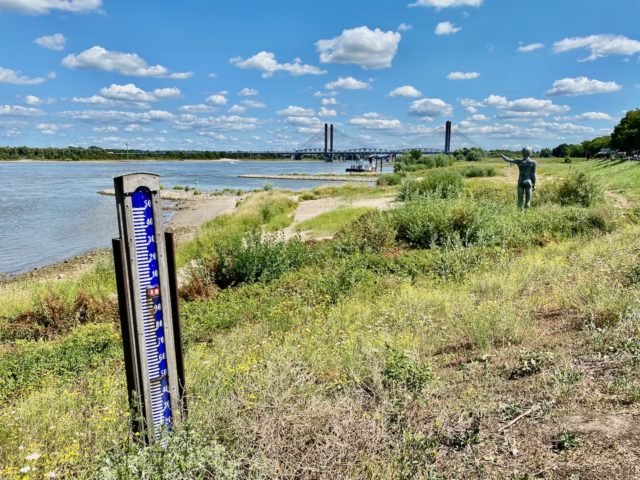
The Grote Rivieren region can best be explored by car (or bicycle for the active ones). The places in this guide can easily be visited as a day trip from Amsterdam or other cities in the Randstad like Rotterdam, Utrecht and The Hague but I recommend spending at least a few days touring the area. Located roughly an hour south of Amsterdam, this region encompasses four provinces: Utrecht, North Brabant, Gelderland and South Holland. Search for flights to Amsterdam with KLM.
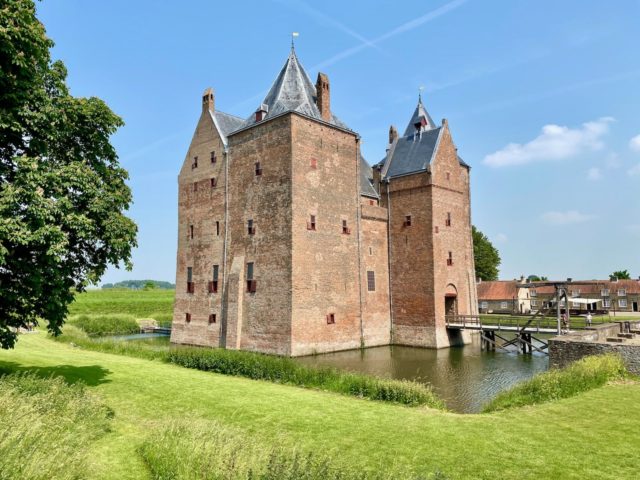
There are many places to visit on this Netherlands road trip; in addition to countless historic towns, castles, fortresses and nature parks, you can also add cities like Rotterdam, Utrecht and Gouda to your itinerary. In the map below, I’ve included a suggested Grote Rivieren road trip route (in the delta region between the A12 and A59 highways) as well as places to visit and things to do.
Ferries: this itinerary includes several ferry crossings. You can simply drive onto the ferry and purchase a ticket (typically a few Euros) from the warden. Some ferries are free.
The Dutch Waterlines
Before embarking on this Central Netherlands road trip, it’s worthwhile to read up about the Hollandse Waterlinie or Dutch Water Lines. The Oude Hollandse Waterlinie (Old Dutch Water Line) is a 17th century defense line that stretched from Muiden in the north to Gorinchem (included in this route) to halt invasions by the French army. In the 19th century, this defense line was expanded with the Nieuwe Hollandse Waterlinie (New Dutch Water Line). In July 2021, the Dutch Waterline was added to the list of UNESCO World Heritage sites.
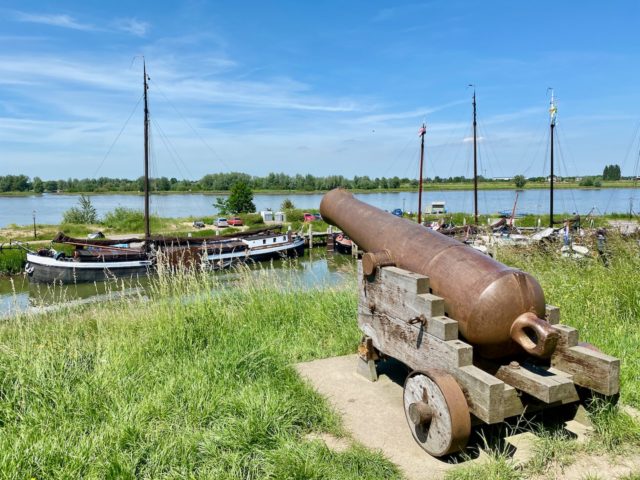
These defense lines consisted of fortified cities, fortresses, dikes and sluices. Between these fortifications, large tracts of land were flooded to halt an advancing army, in effect turning Holland into an island! As you explore the Grote Rivieren region, you’ll find the remnants of the Old and New Dutch Water Lines.
Places to visit in the Netherlands delta region
For the purposes of this guide, this Netherlands delta road trip itinerary starts and ends in Utrecht, covering the best places to visit in the delta region of Central Netherlands. From Utrecht, head southeast to your first stop: Wijk bij Duurstede.
Wijk bij Duurstede
Wijk bij Duurstede is located on the banks of the Nederrijn and Lek (tributaries of the Rhine) in the province of Utrecht. In medieval times, it was known as Dorestad and was one of the most important merchant towns in northwestern Europe. It fell into decline in the 9th century after numerous attacks by the Vikings.
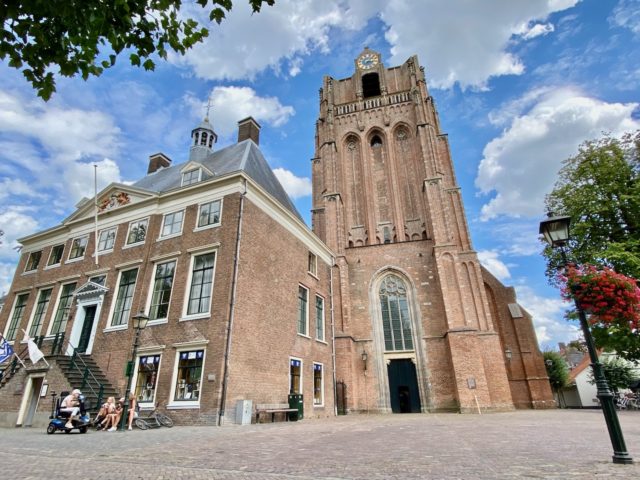
In the 14th century, it was fortified with defensive walls, moats and gates, which can still be seen today. Places of interest in Wijk bij Duurstede include the Dorestad Museum, the St. John the Baptist church, the Duurstede Castle, and the Rijn & Lek windmill.

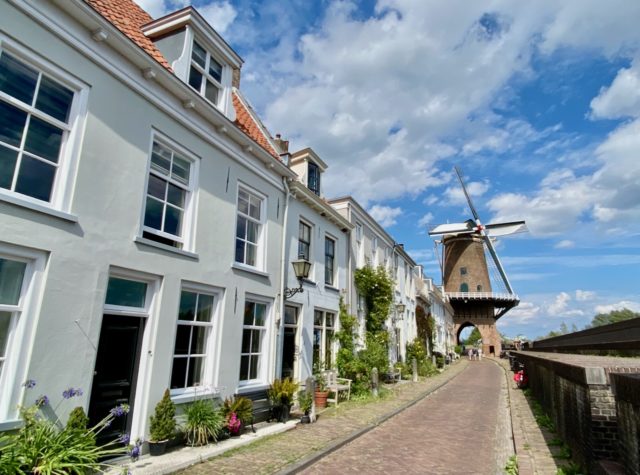
Amerongen Castle
Situated a short drive east of Wijk bij Duurstede, Amerongen Castle was built in the 17th century on the site of a medieval castle that was destroyed by the French army in 1673. The castle is famous as the place where in 1918, Wilhelm II (the last German Kaiser or King), abdicated and stayed for two years. Visit the castle’s website for more info.

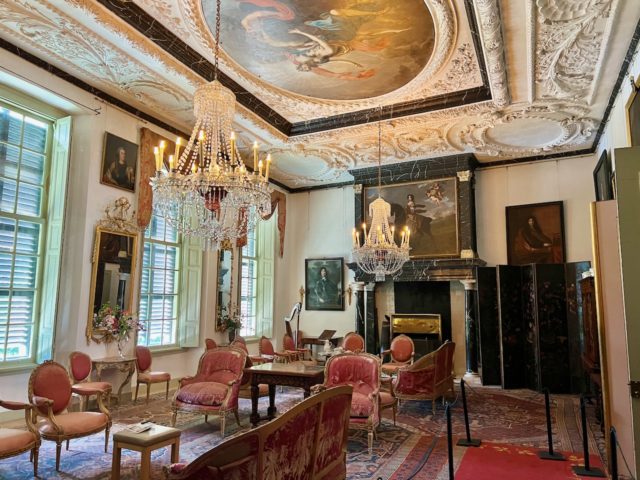
Read more about historic castles in The Netherlands.
Culemborg
From Wijk bij Duurstede, cross the sluice gates of the Amsterdam Rhine Canal and drive along the Lek River before crossing it by ferry, and continue to Culemborg in the province of Gelderland. This medieval town, with its picturesque Market square and city gates, makes for a scenic stop.

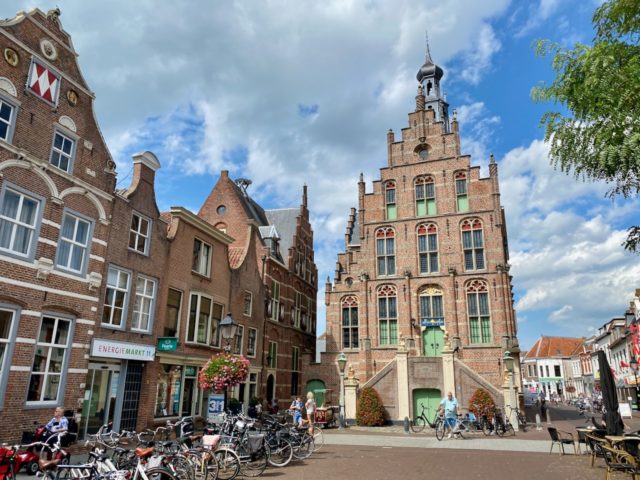
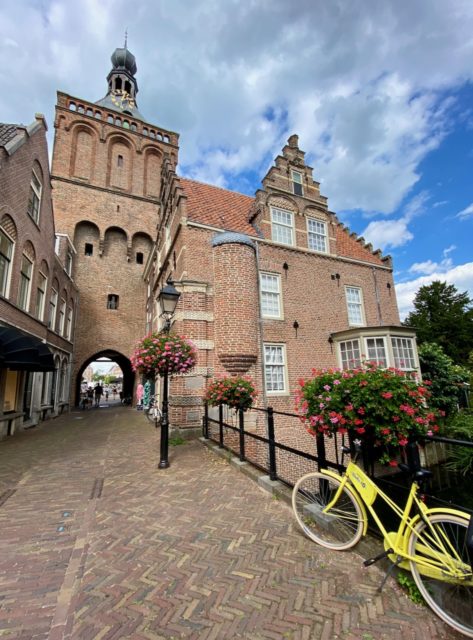
Fort Everdingen
From Culemborg, continue along the Lek River to Fort Everdingen. This 19th century fortress, with its meters-thick walls, was built as part of the New Dutch Waterline and was used as an ammunition depot. These days, it houses the Duits & Lauret brewery and visitors can tour the fortress with a guide.

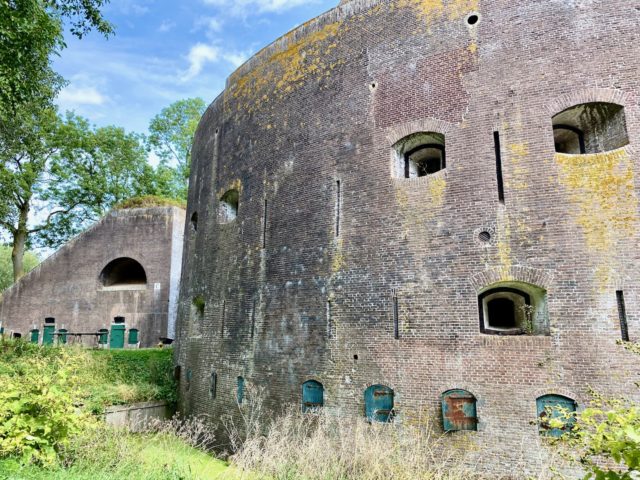

Zaltbommel
From Fort Everdingen, make your way to the A2 highway and continue south towards Zaltbommel. This city is more than 1,000 years old and was a wealthy trading city in the 13th to 15th centuries. Owing its importance to its strategic location on the banks of the Waal River, Zaltbommel was a member of the Hanseatic League of northern European merchant cities (other members included Hamburg and Gdansk).
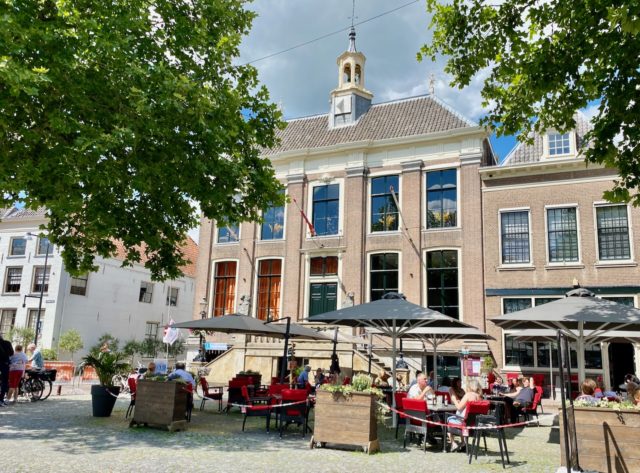
Places of interest in Zaltbommel include the 15th century St. Maartenskerk (St. Martin’s Church) with its iconic tower, the Gasthuistoren and its carillon, the 16th century Stadskasteel (city castle) and the city’s medieval fortifications.
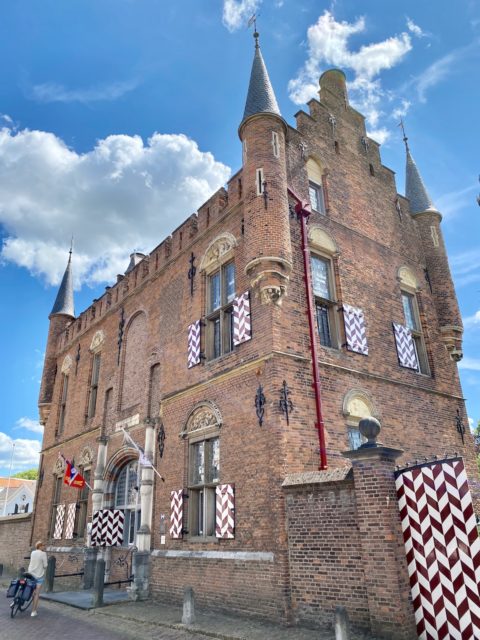
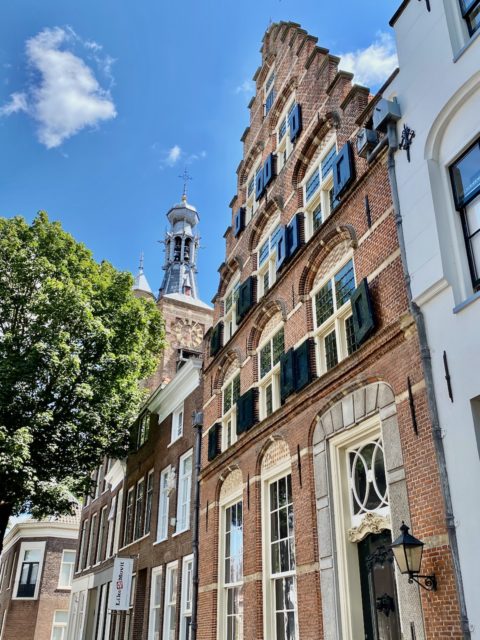
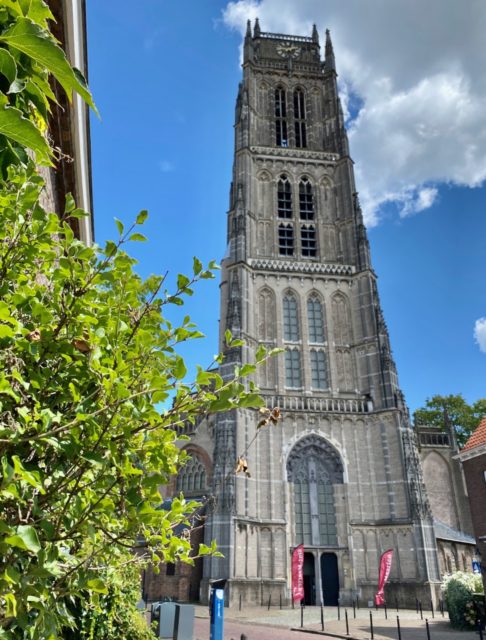
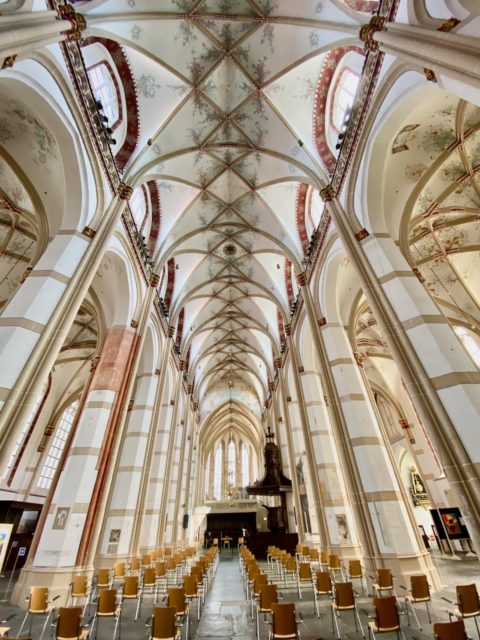
Ammersoyen Castle
As you leave Zaltbommel, follow the N322 road westwards before turning southwards on the N832. For an interesting diversion, turn off the N832 towards Ammerzoden to visit the Ammersoyen Castle. One of the best preserved medieval castles in the Netherlands, the 14th century Ammersoyen Castle is a formidable sight. The castle is also home to a charming B&B, a unique place to spend the night.
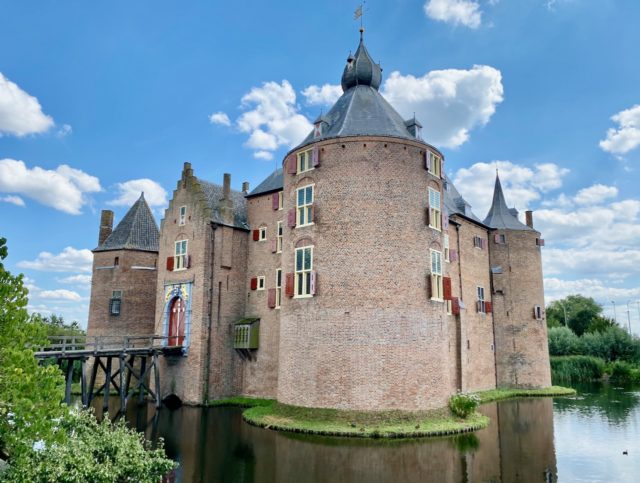
Heusden
From Ammersoyen Castle, drive towards Bern and turn left to the ferry that crosses the Maas (Meuse) River.
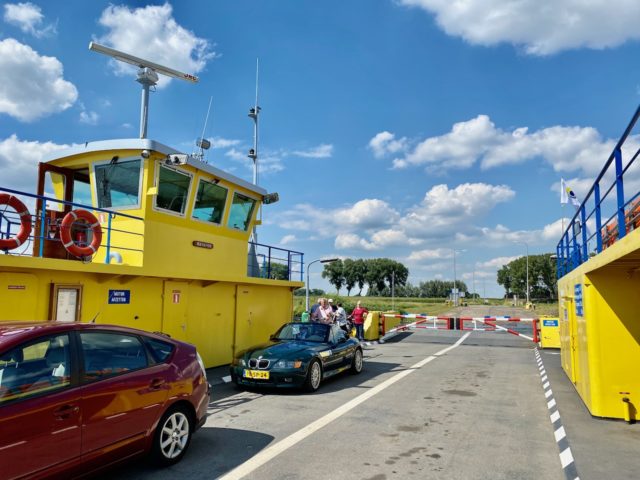
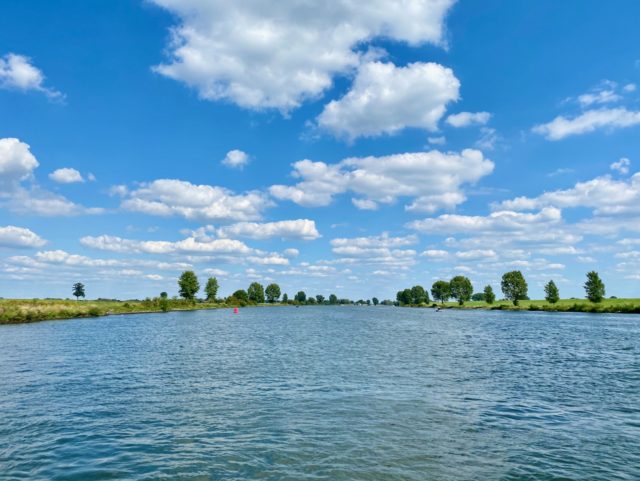
On the other side of the river, in the province of North Brabant, lies the fortress town of Heusden. Surrounded by impressive moats, fortifications and windmills, Heusden is one of the best preserved medieval towns in the Netherlands. Its beautiful 16th century inner harbour, complete with a drawbridge and overlooked by a windmill, is a popular spot for day-trippers, but there are no less than 120 national monuments in the town.
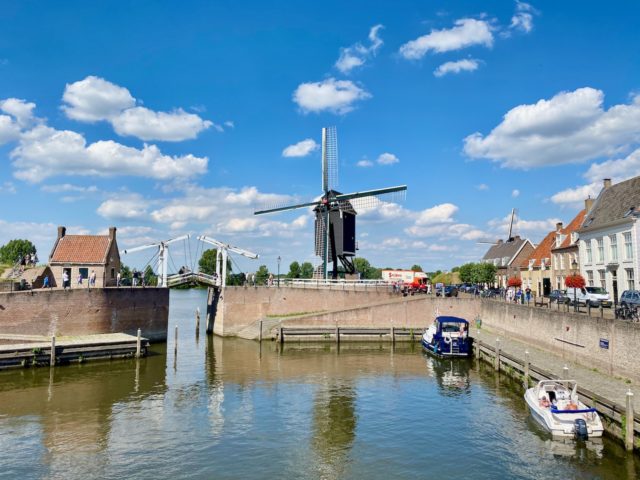
I recommend a stroll along the old city fortifications for beautiful views of the numerous harbours and the town below.


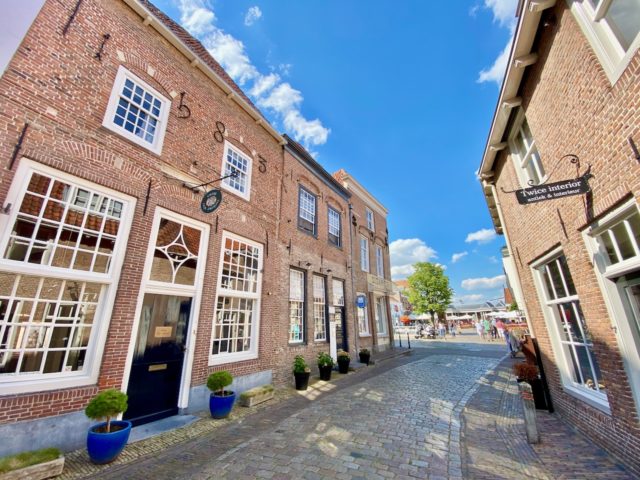
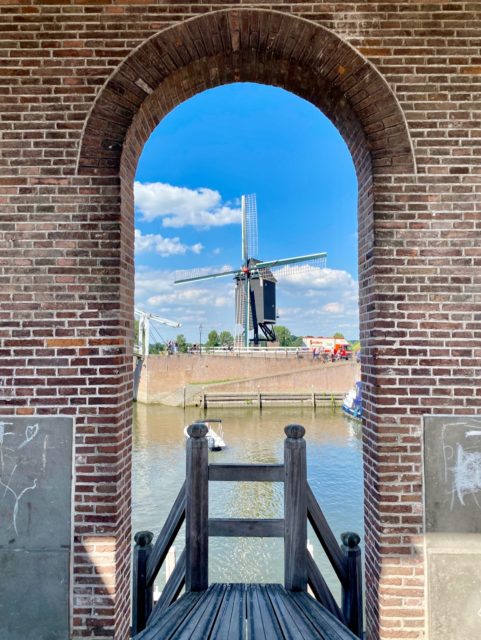
From Heusden, you can choose to continue to Den Bosch, where I recommend you spend 1-2 nights, or continue to Woudrichem.
Den Bosch
‘s-Hertogenbosch or simply Den Bosch is the capital of the province of North Brabant. From Heusden, take the N267 road and A59 highway to Den Bosch, a 20-minute drive. There are many things to see and do in Den Bosch so I recommend staying here for 1-2 nights. The vibrant city centre is filled with cafés, restaurants, shops and historic monuments so take your time to soak up the wonderful atmosphere.

The main attraction in Den Bosch is the iconic St. John’s Cathedral (Sint Janskathedraal), a must-visit in my book. You can also climb the Cathedral tower for great views of the city.
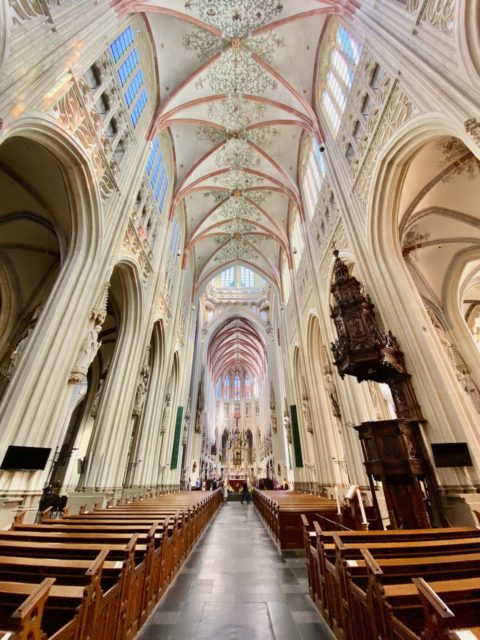
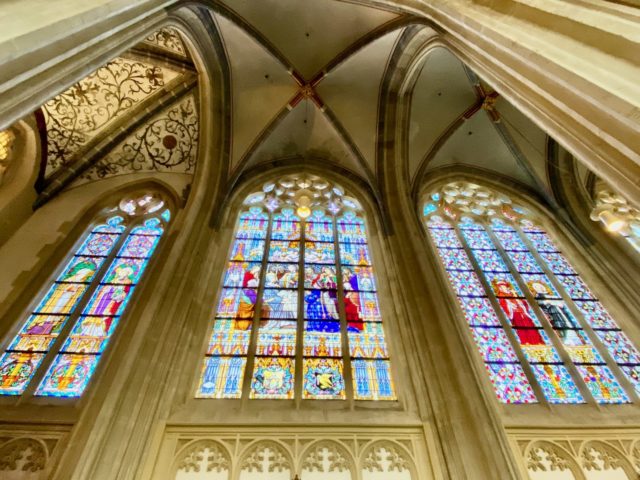
Other places of interest in Den Bosch include the Market square, the Citadel (with its imposing walls), the Binnendieze (the network of canals inside the walled city which can be seen on a cruise), the Museum Quarter (home to the Stedelijk Museum ‘s-Hertogenbosch and Het Noordbrabants Museum) and the Jheronimus Bosch Art Center (born in Den Bosch, Jheronimus Bosch is one of the most influential Dutch masters, along with the likes of Rembrandt and Van Gogh).
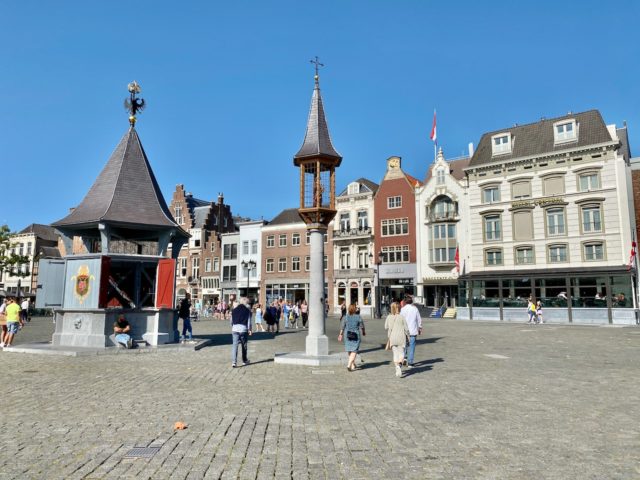
One tip: there are many terrific restaurants in Den Bosch but one I’m particularly fond of is Gusto, an Italian restaurant in the Kolperstraat 8. Their home-made tiramisu is absolutely divine!
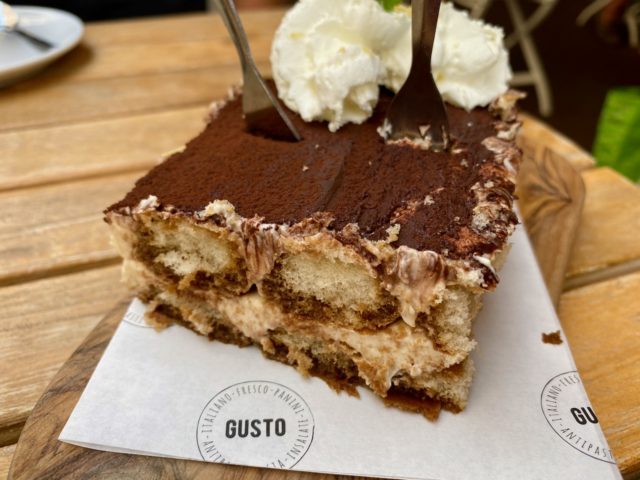
For more info, visit the city’s tourist office. Accommodations in Den Bosch I can recommend are Suite Londen66, Uylenhof Hotel and Hotel Haverkist. Search for accommodations in Den Bosch.
Slot Loevestein
From Heusden or Den Bosch, head northwest to Slot Loevestein, or Loevestein Castle. One of the most famous medieval castles in the Netherlands, Slot Loevestein is a 14th century castle that was first built as a home for a Knight, then expanded into a fortress and was later used as a prison. Its most famous inmate was Hugo de Groot, an influential lawyer and theologist in the 17th century. He was imprisoned at Slot Loevestein but escaped, with the help of his wife, in a chest of books!
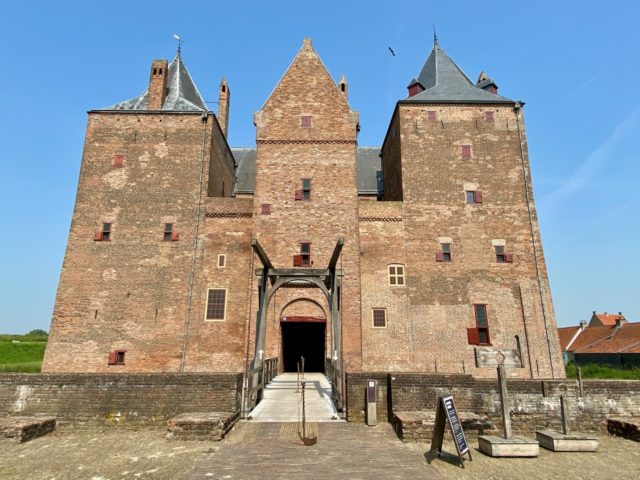
The castle switched hands several times between the Dutch and the Spaniards during the Eighty Years War in the 16th century. In the 17th century, the castle became an important part of the Old (and later the New) Dutch Water Line in Central Netherlands.
Woudrichem
Woudrichem (locals simply call it ‘Workum‘) is a picturesque walled town at the confluence of the Maas and Waal rivers. It’s a tranquil place for a walk, to simply enjoy its charming cobblestone streets lined by gorgeous houses. I also recommend dropping by the St. Martinuskerk (St. Martin’s Church) and a stroll along the medieval walls.
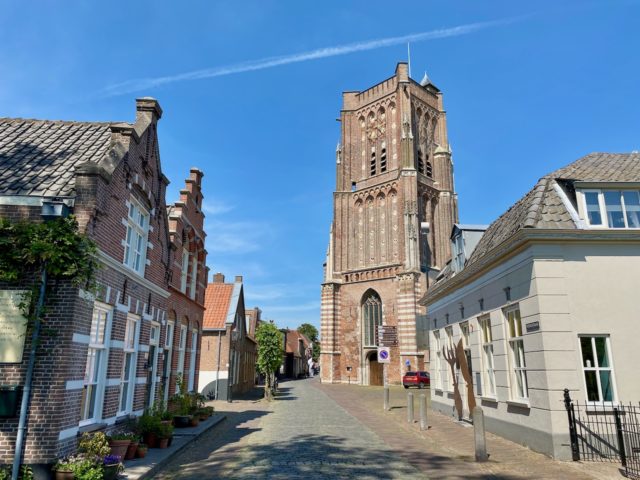
In the historic harbour, you’ll also find a small maritime museum and a lovely lunch spot, Restaurant De Stroming. Opposite the restaurant lies a small beach that’s perfect for a dip on a warm day.
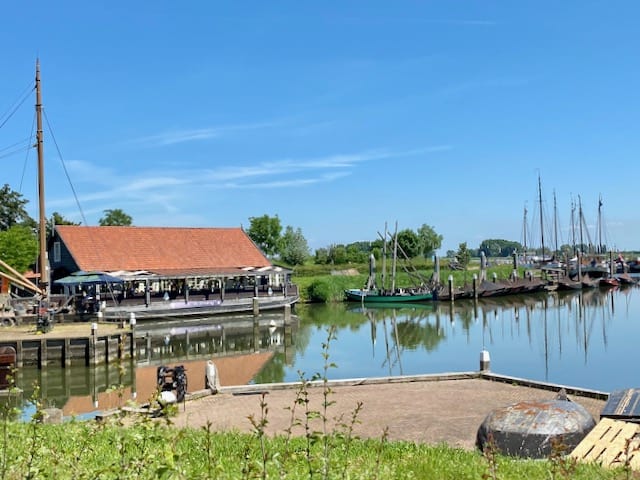
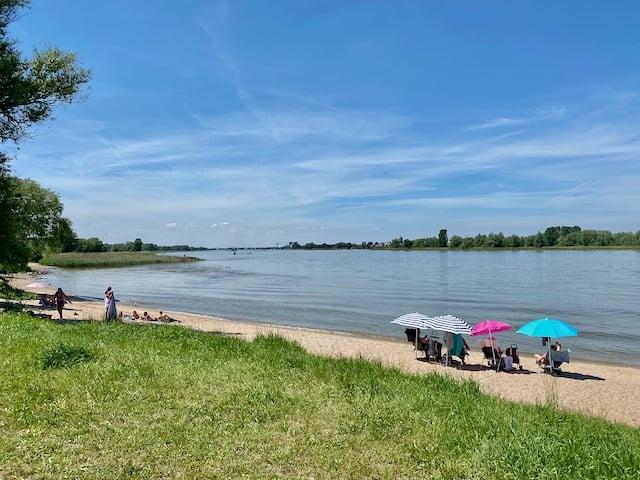
Woudrichem, along with nearby Slot Loevestein (Loevestein Castle), Fort Vuren and the fortress town of Gorinchem were important links in the Old and New Dutch Water Lines. These places are all connected by a regular ferry service.
One accommodation I stayed at in Woudrichem and can recommend is Hoeve Altena. If you decide to make Woudrichem your base for the night, I suggest booking a dinner table at either Restaurant Kruiden & Jasmijn (in the historic centre) or Brasserie Boven de Rivieren in the neighbouring village of Sleeuwijk. The latter offers beautiful views of the marina.
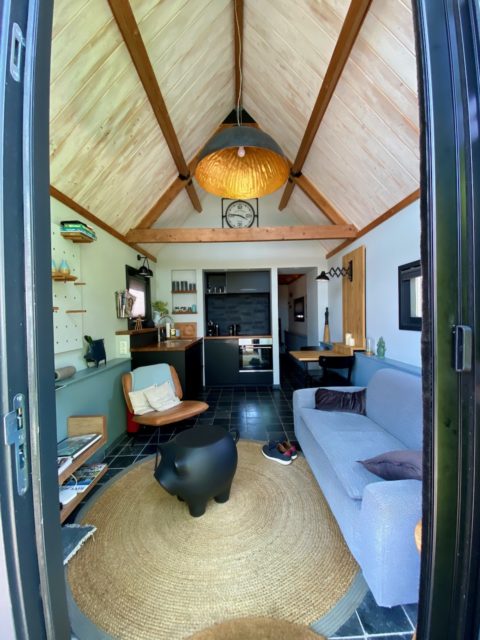

Gorinchem
From Woudrichem, head to Gorinchem via the A27 highway. Gorinchem (or ‘Gorkum‘ in the local dialect) is the largest fortress city in the Netherlands, with its impressive moats, ramparts and bastions largely intact since the 17th century. Strategically situated at the confluence of the Linge and Merwede rivers in the province of South Holland, Gorinchem was first settled in the 11th century and became a fortress town in the 13th century. In the 16th century, after Gorinchem was liberated from Spanish forces during the Eighty Years War, the fortifications were strengthened by the Dutch, structures which can still be seen today.
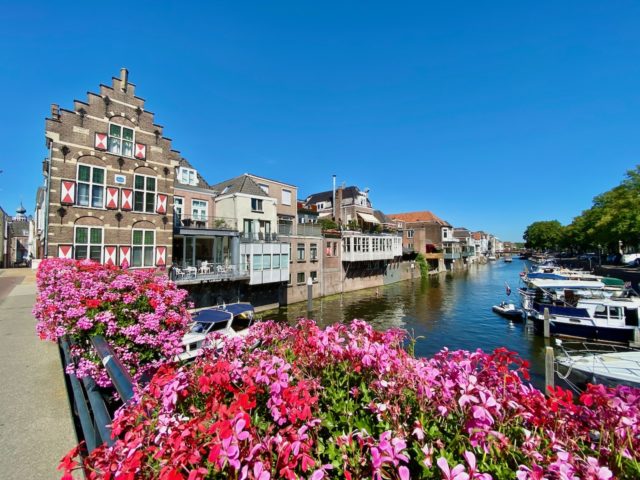
Gorinchem is an absolutely charming town to explore. Places of interest in the fortress town include the Old City Hall (home to the Gorgums Museum), the Grote Kerk (Main Church), the ‘Dit is in Bethlehem‘ house, the Lingehaven (the Linge harbour which runs through the fortress city), the old city walls and the beautiful Langendijk street, with its many shops and restaurants.

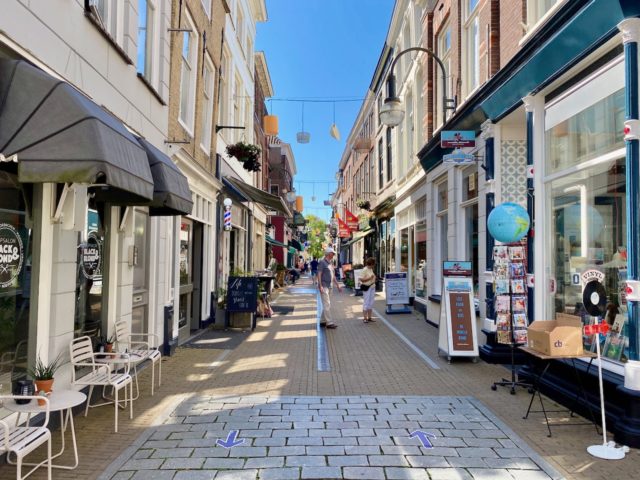

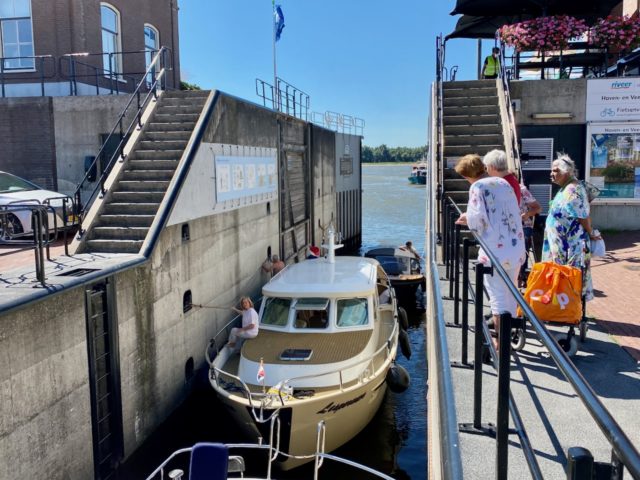
Gorinchem is also a great place to stay 1-2 nights. I recommend the lovely Boutique Hotel Goud & Silver. Visit the city’s tourist office for more info.
A diversion along the Giessen River
From Gorinchem, drive to Giessenburg (west of Gorinchem) and continue along the north shore of the beautiful Giessen River to Giessen-Oudekerk, and further to Hardinxveld. You’ll pass stunning villas, farms, gorgeous gardens and picturesque riverine landscapes. It’s a pretty narrow road so drive slowly and enjoy the scenery.
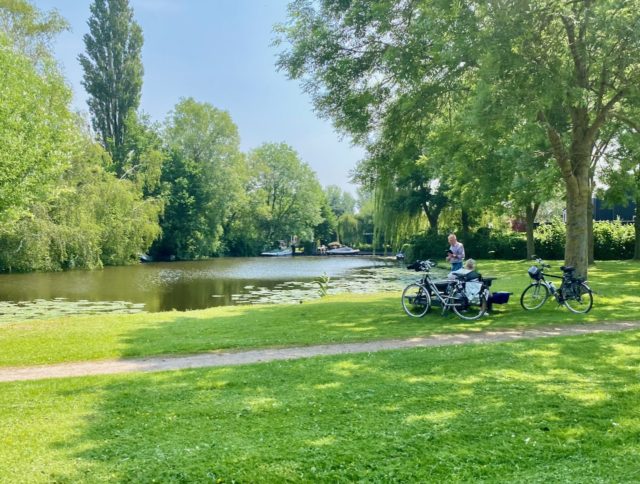
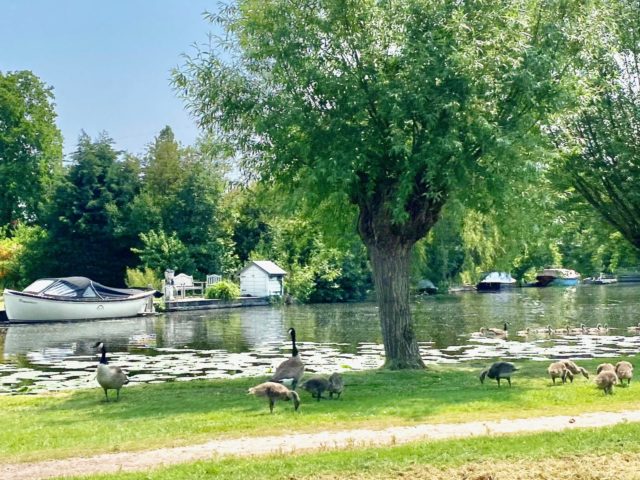
At Hardinxveld, join the A15 highway and head west to Dordrecht.
Dordrecht
Dordrecht is the oldest city in South Holland and one of the most beautiful in the country. Located at the confluence of five rivers in the Rhine-Meuse delta, Dordrecht was an important trading centre for many centuries. It’s one of my favourite cities to visit in the Netherlands, so take your time, spend 1-2 nights and enjoy this wonderful city!
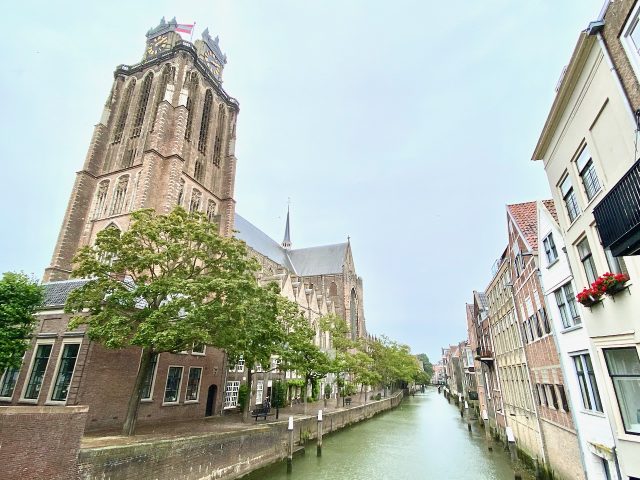
A unique thing about Dordrecht, compared to other Dutch cities, is that the city doesn’t have canals. Instead, it has harbours which dissect the city centre. Two iconic Dordrecht monuments stand at either end of the historic centre: the Grote Kerk (Dordrecht Minster or Church of Our Lady) in the south and the Groothoofdspoort (Big Head Gate) in the north.

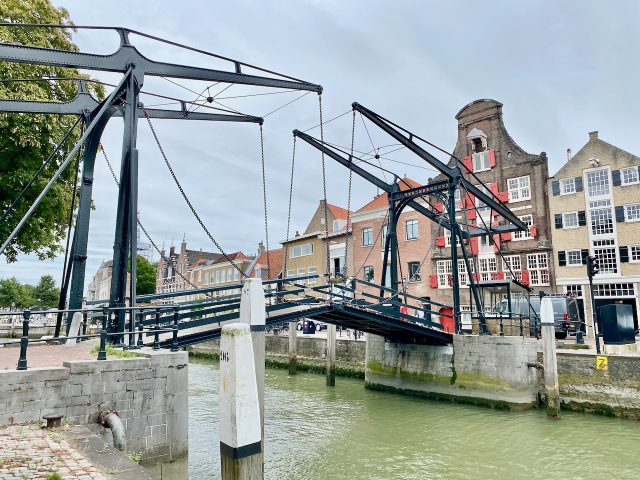
In between, beautiful historic warehouses and merchant houses line the harbourfronts, with bridges connecting the islands. Read more about things to do in Dordrecht. Search for accommodations in Dordrecht. Join a Dordrecht walking tour.
Biesbosch National Park
Dordrecht lies just northwest of the Biesbosch National Park. This national park encompasses the largest freshwater tidal zone in Europe. Seen from above, the park is a maze of rivers, islands, swamps and forests.
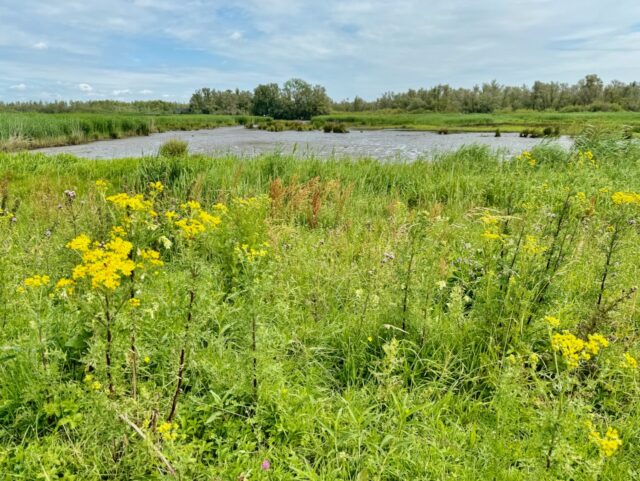
Rich in birdlife and flora, the Biesbosch has numerous hiking paths, but perhaps the best way to enjoy the park is by boat. Various cruise companies in Dordrecht offer large boat tours in the Biesbosch. On a smaller scale, Pak je Biezen organises electric boat tours of the Biesbosch National Park. Join the ‘Vroeg Op Tocht‘ early-morning tour for an absolutely magical experience!
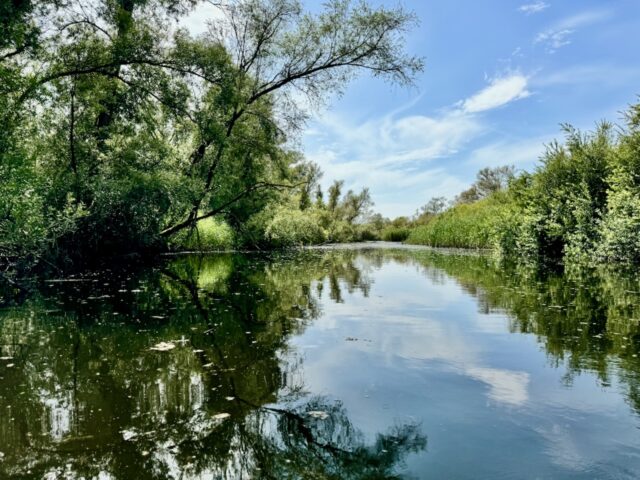
Kinderdijk
From Dordrecht, you can go on a side trip to Kinderdijk, a UNESCO World Heritage site. This group of 18 mills is the largest concentration of old windmills in the Netherlands and is popular with both local and foreign visitors.
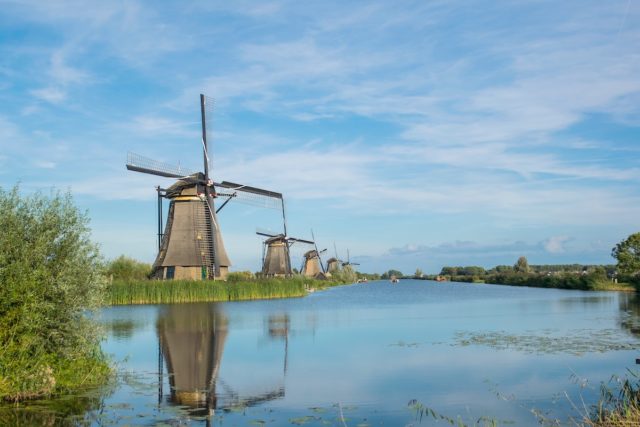
Rotterdam and Schiedam
If you have more time, you can extend this itinerary by spending a few days in Rotterdam, a 30-minute drive away from Kinderdijk. Read about things to do in Rotterdam. You can also choose to visit Schiedam, a historic town 10-minutes away from Rotterdam. Schiedam is famous for its distilling industry and giant windmills, and features in my list of most beautiful towns in The Netherlands. Read about things to see in Schiedam.
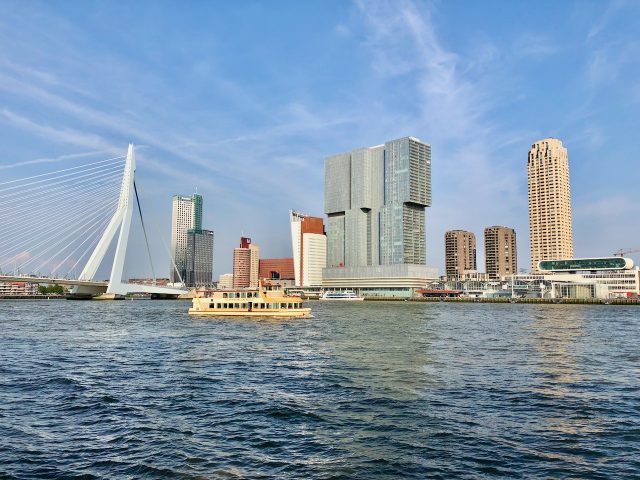
Along the Alblas River
The route continues from Dordrecht to the Alblas River. This is another scenic river drive along sleepy villages, farms and beautiful river views. Past the village of Ottoland, take the N216 road in the direction of Schoonhoven. Cross the Lek River by ferry and stop in Schoonhoven.
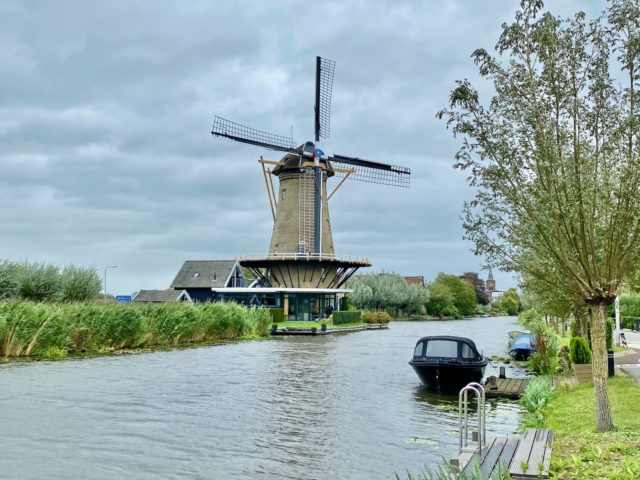
Schoonhoven
Schoonhoven is a 13th century fortified town that’s famous for its silver craftwork and clocks. Not much of the town’s fortifications remain, with the exception of the Veerpoort, the medieval gate that faces the river. It’s a lovely town for a stroll and to visit the craft and jewellery shops.
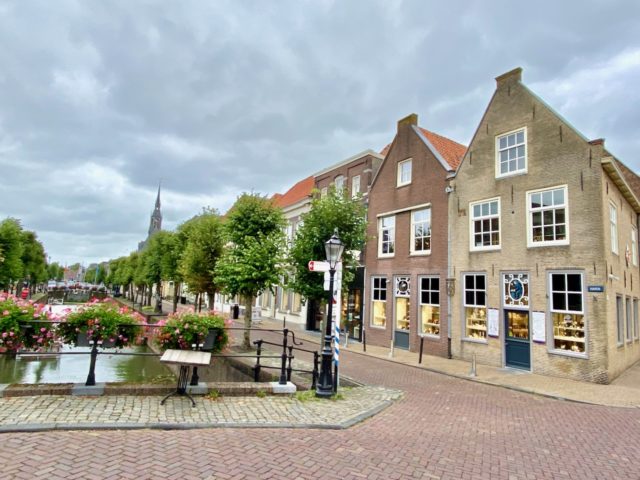
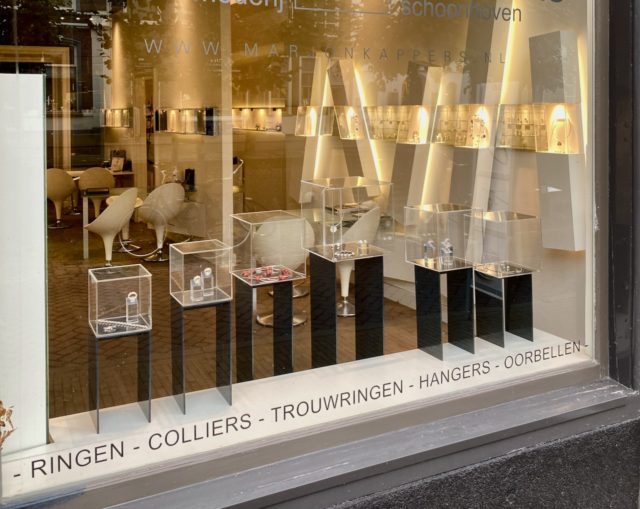
Gouda
From Schoonhoven, continue along the N210 and the N207 roads to Gouda.
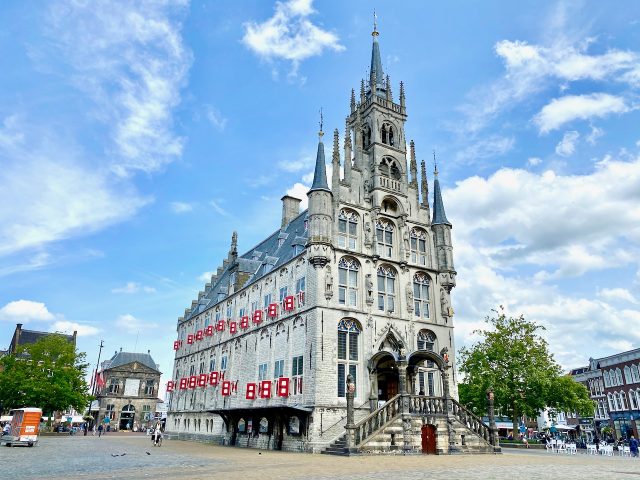
World famous for its cheese, Gouda is a beautiful town to visit and explore. The Markt (Market Square), with the iconic 15th century Stadhuis (Town Hall), the Waag (weighing house), the weekly cheese market (every Thursday morning) and the Sint Janskerk (St. John’s Church – the longest church in the country with impressive stained glass windows), are the main attractions in Gouda.
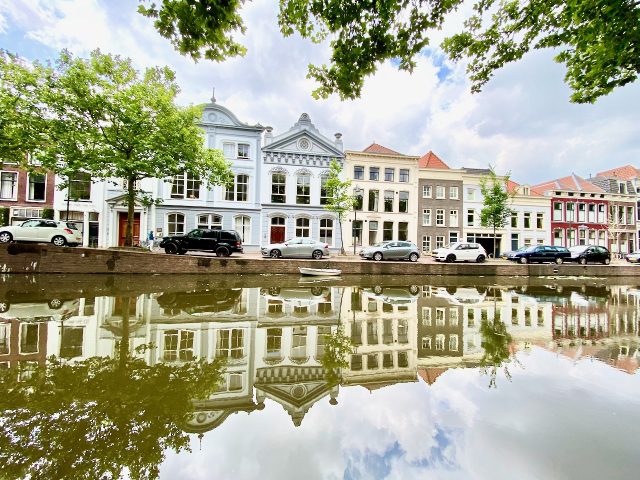
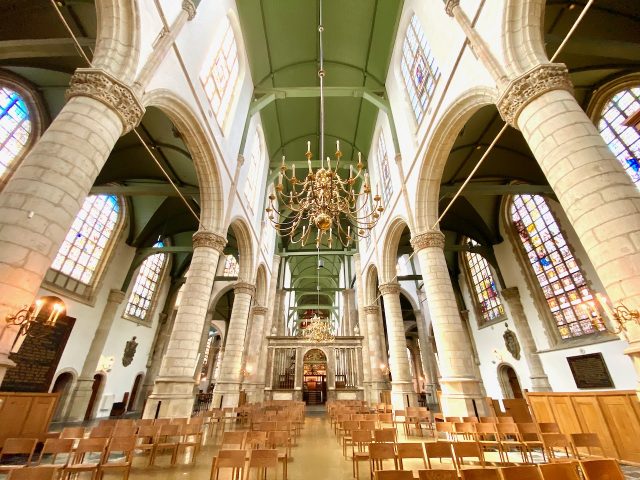

The best way to get to know Gouda is to simply wander around its historic town centre. Or you can join a two-hour walking tour of the city. Read more about things to see in Gouda. Search for accommodations in Gouda.
Oudewater
From Gouda, continue along the N228 road eastwards to your last stop: Oudewater. This picturesque town was granted city rights in the 13th century. It was an important producer of rope in the 15-16th centuries – in fact, there’s still a rope manufacturing plant and a Rope Museum. These days, it’s a popular place for day-trippers who come to walk along its quaint streets and canals.

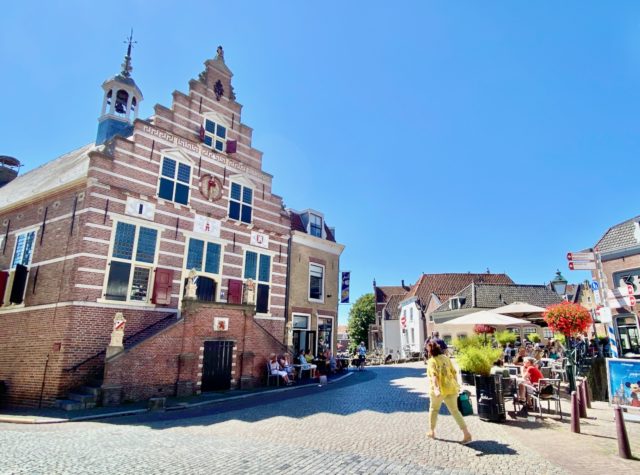
One intriguing attraction in Oudewater is the Heksenwaag or Witches Weighing House. This building became famous during the witch trials of the 16th century, when people from across Europe came here to be weighed to prove that they weren’t witches. ‘I’m not a witch’ certificates were issued to those who had a body weight that was proportionate to their build. The reasoning was that witches were much lighter than their build as they lacked a soul, and made it possible for them to fly on broomsticks!
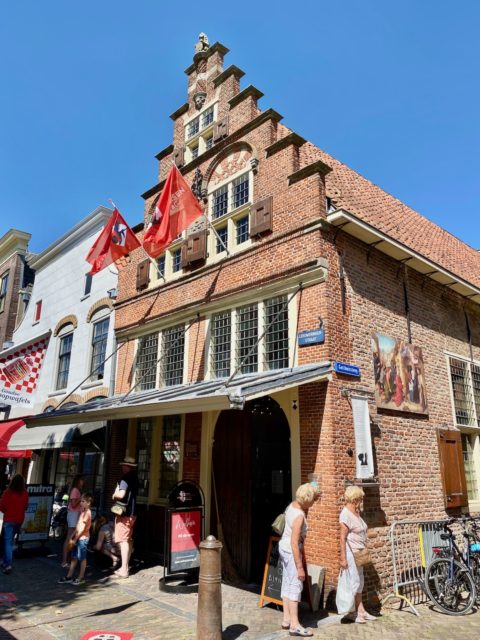
This Central Netherlands road trip itinerary ends in Oudewater. From here, Utrecht is about a 30-minute drive away, and approximately an hour to Amsterdam.
Read more about the best towns to visit in the Netherlands.

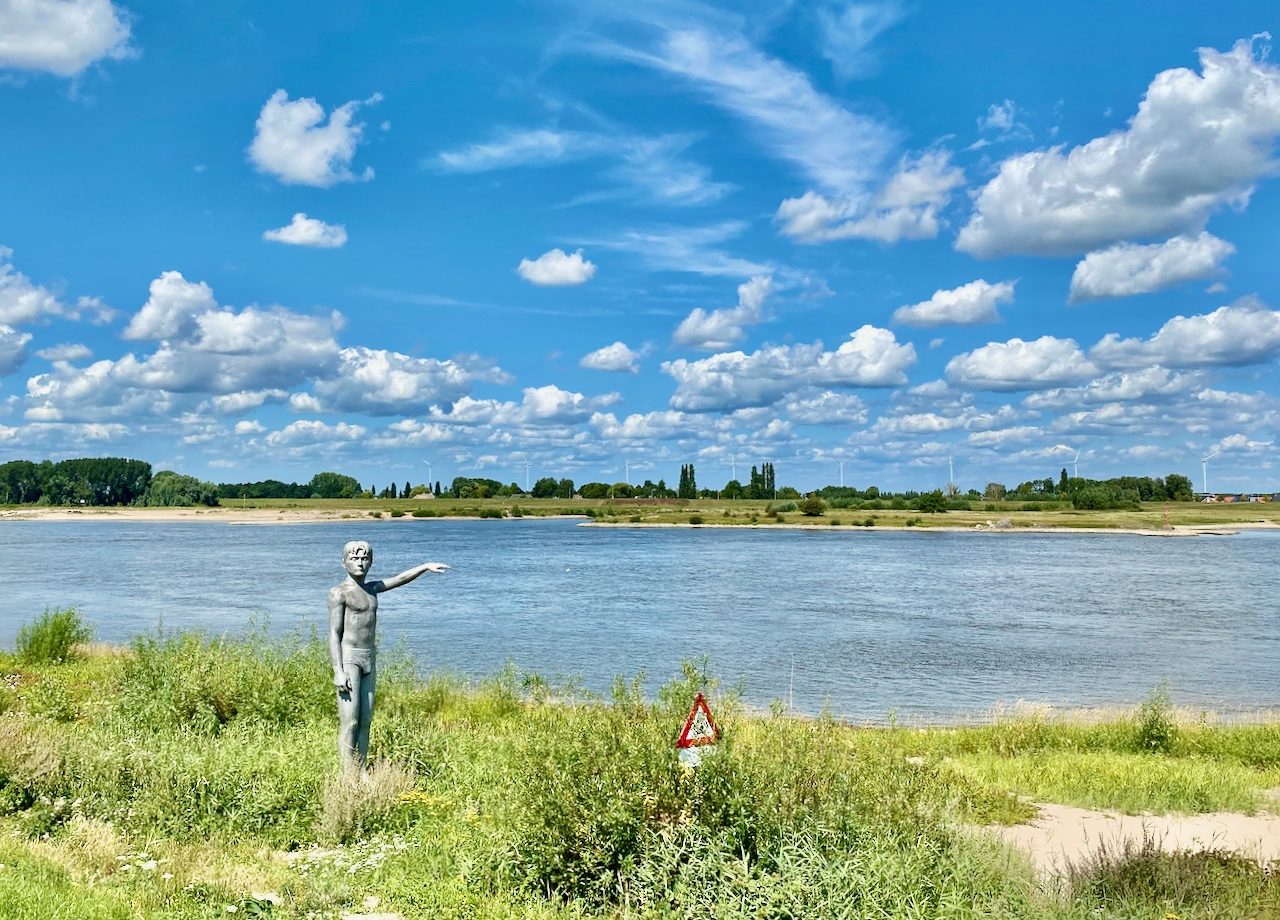
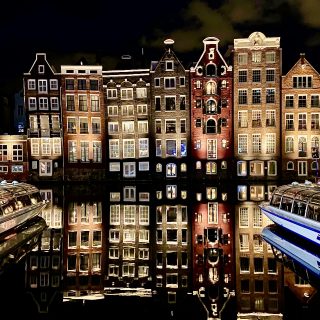
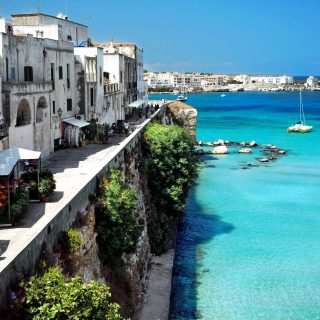
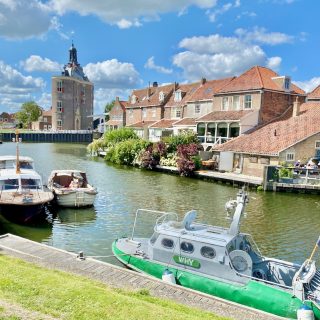
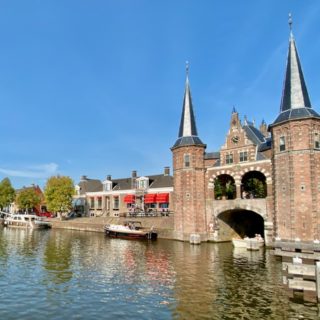






Oudewater sounds like a damn interesting place to explore.
In general, road trips in Europe is like a dream.